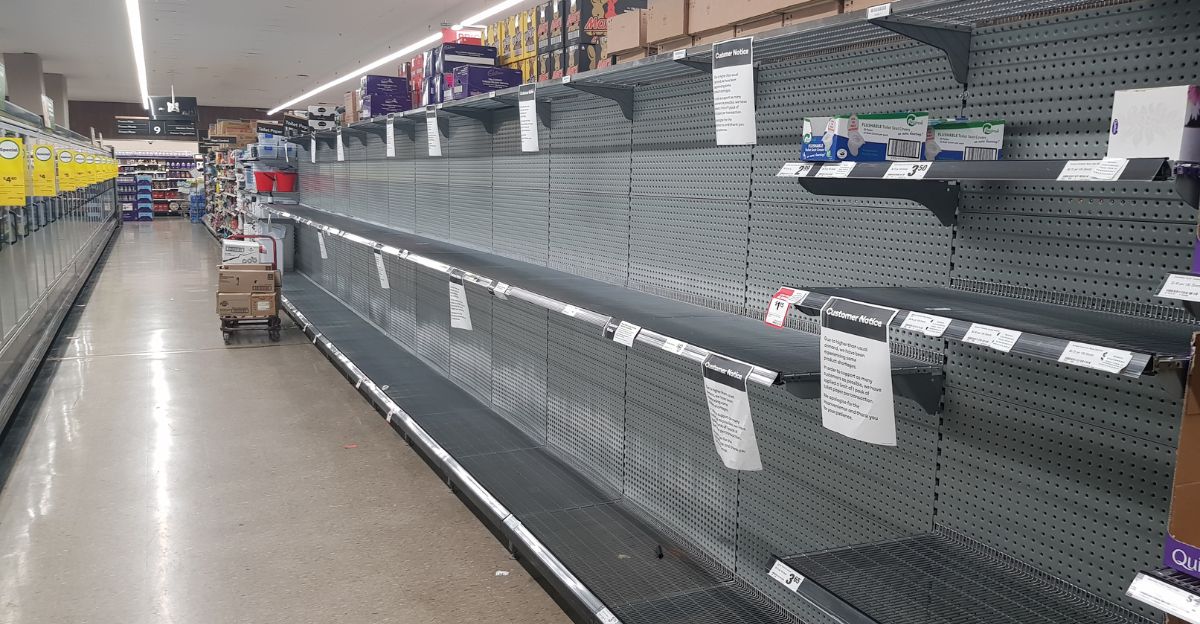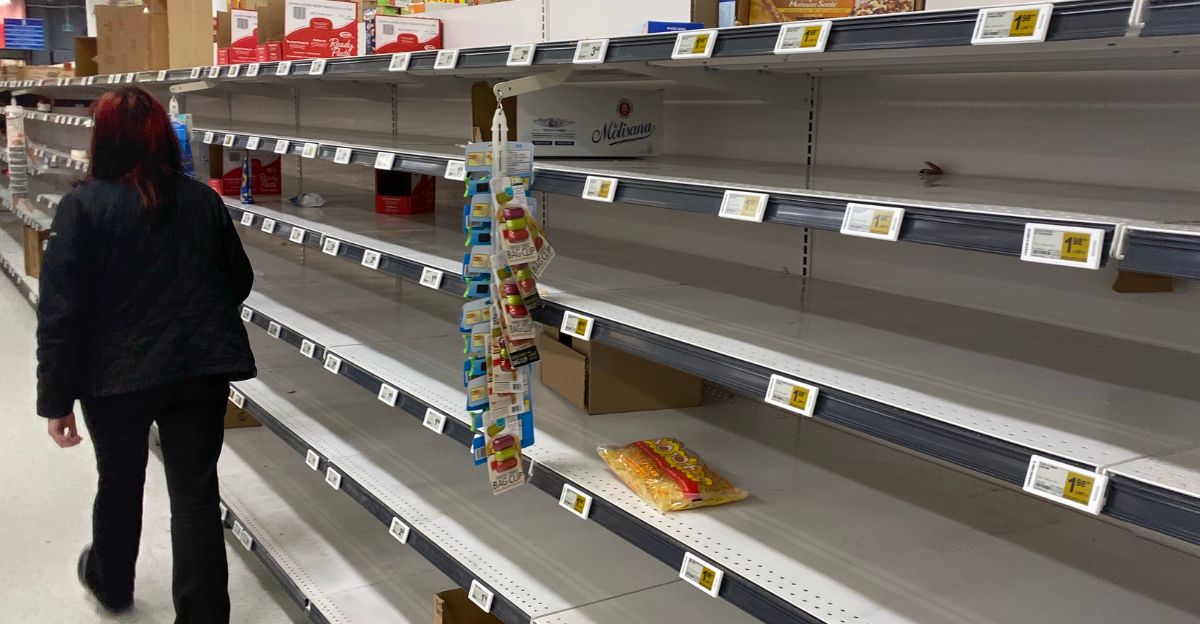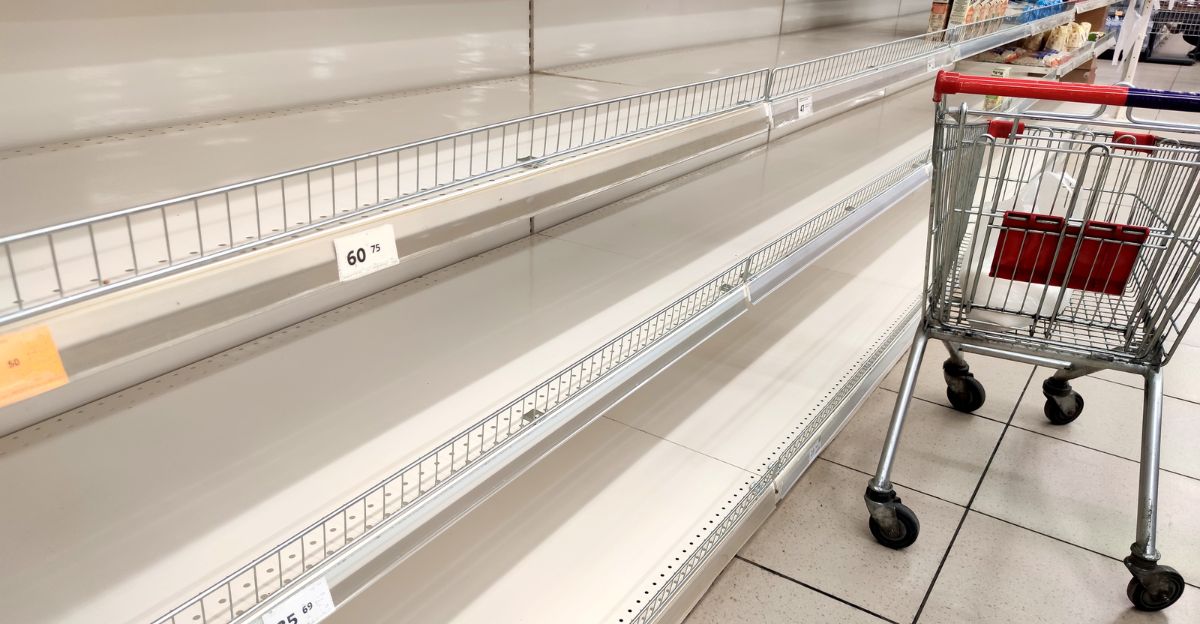
Procter & Gamble, the global company known for everyday products like Tide, Pampers, and Gillette, has recently revealed plans to cut 7,000 jobs in a major effort to reduce costs. This is one of the biggest layoffs in the company’s history and suggests that significant changes are on the horizon.
Although the announcement surprised employees and investors, the real story is how this decision will trigger a ripple effect, affecting not only the company itself but also families, industries, and communities around the world.
Why It’s Happening

So why is this happening right now? The company has cited a combination of slowing global demand, higher raw material costs, and growing pressure to automate. P&G is also facing intense competition from established brands, as well as fast-moving newcomers, while inflation has been squeezing its profit margins.
Executives have stated that restructuring is essential for the company to remain competitive in a fast-changing market. These massive layoffs are part of a larger plan to make operations more efficient, reduce expenses, and refocus resources toward innovation and high-growth areas, which could help secure the company’s long-term success.
Office and Community Impact

The first and most direct impact will hit P&G’s white-collar workers, especially the ones at its Cincinnati headquarters and major global offices. Thousands of employees are now facing uncertain futures, but they aren’t the only ones affected. The effects will spread to their families and local businesses that depend on their spending.
Soon, restaurants, stores, and service providers close to P&G campuses might notice reduced foot traffic and revenue. These layoffs could also hurt community morale, as anxiety and concern quickly replace the sense of security and stability.
Brand and Product Changes

Consumers will also be impacted and might soon notice changes on store shelves. The company is also planning to discontinue some of its underperforming brands and product lines. This means that shoppers might notice fewer choices in categories like beauty, cleaning, and personal care.
Instead, P&G will now focus its investment on its most profitable and innovative products, which could lead to better quality and new features for its top brands. It is important to note that the discontinuation of some of its familiar favorites could disappoint loyal customers, which could lead to competitors filling the gaps.
Supply Chain Overhaul

The layoffs are only one part of the company’s massive transformation. It is also revamping its supply chain to improve efficiency and lower costs. This could mean that P&G might move production closer to essential markets, automating more manufacturing processes, and renegotiating contracts with suppliers.
This means that some of the small suppliers and logistics partners could face fewer orders or even lose business entirely. These changes could ripple through the wider manufacturing industry, impacting jobs and economic activity beyond P&G’s immediate circle.
Competitor Moves

This massive restructuring will not go unnoticed by P&G’s rivals. Some of its bigger competitors, like Unilever, Colgate-Palmolive, and Kimberly-Clark, might be pressured to look over their own operations and consider similar cost-cutting measures.
This could lead to layoffs, divestitures, and automation across the consumer goods industry. As companies rush to adjust to shifting market conditions, workers could face increased job uncertainty, and shoppers might see fewer choices and more brand consolidation on store shelves.
Investor and Market Response

Investors are cautiously optimistic about these changes. The company’s stock price has remained stable, as many view the restructuring as an important step to ensure long-term profits. However, the layoffs have raised concerns about consumer demand and the health of the broader economy.
Analysts have cautioned that if other big companies take similar steps, it could cause deeper economic troubles in the future. The market will keep a close eye on whether the company’s strategy pays off.
Policy and Political Attention

The scale of these layoffs has captured the attention of policymakers and politicians. With so many jobs at stake, local and national leaders could push for measures to support affected workers, like job retraining programs or temporary financial assistance.
The layoffs could also cause debates about trade policies, corporate taxes, and automation.
Navigating the Changes

For consumers, these changes could lead to fewer new products, higher prices, and the loss of favorite items. It is advised that shoppers stock up on their preferred P&G brands before potential shortages or price increases hit.
Consumers should also be open to trying alternative products and other brands, as competitors may fill gaps left by discontinued lines.
Looking Forward

The ripple effects of these layoffs will likely be felt far beyond the company’s walls. These changes will affect employees, communities, suppliers, competitors, and even public policy.
With the consumer goods landscape changing, shoppers might soon see fewer choices and higher prices, while workers will be forced to adapt. In the end, this situation highlights how one company’s decision can reshape entire industries, reminding us all to stay aware, flexible, and prepared for change.
Discover more trending stories and Follow us to keep inspiration flowing to your feed!

Craving more home and lifestyle inspiration? Hit Follow to keep the creativity flowing, and let us know your thoughts in the comments below!
